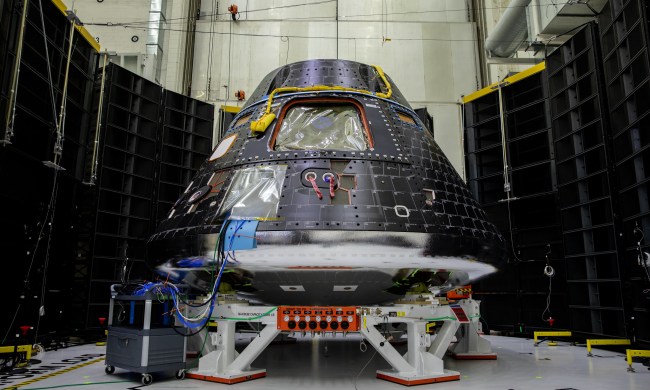NASA is once again preparing for a major test of its new Space Launch System rocket, intended to carry astronauts to the moon under the Artemis program. The rocket will be filled with fuel as if for a launch in a test called the wet dress rehearsal, beginning tonight, Saturday, June 18, and running through until Monday, June 20.
This will be NASA’s fourth attempt at the test. The previous three attempts, which took place in April, surfaced a number of small issues which the agency characterized as nuisances rather than major problems. But these issues still had to be addressed before the test could be attempted again. After three tries at the test, the rocket was wheeled off the launch pad at the Kennedy Space Center in Florida and returned to its temporary home, the Vehicle Assembly Building, for further work.
Since then NASA has been working on fixing the issues discovered during the first round of testing, with the rocket returned to the launch pad a few weeks ago ready for to try the test again.
“NASA is on track to begin the approximately two-day wet dress rehearsal for the agency’s Artemis I mission,” NASA wrote in an update shared this week. “The test will begin at approximately 5 p.m. EDT June 18 with ‘call to stations,’ when the launch team arrives at their consoles inside the Launch Control Center at NASA’s Kennedy Space Center in Florida.
“The rehearsal will run the Artemis I launch team through operations to load propellant into the rocket’s tanks, conduct a full launch countdown, demonstrate the ability to recycle the countdown clock, and also drain the tanks to give them an opportunity to practice the timelines and procedures they will use for launch.”
The test will be livestreamed this time. For the previous test, NASA provided a video feed of the launch pad but no commentary, which was controversial as such tests have typically been public with members of the press in attendance. This time, there will be both a video feed of the rocket at the pad over the weekend along with live commentary beginning on Monday, June 20. To watch the livestream, you can head to NASA’s YouTube channel.



